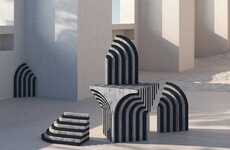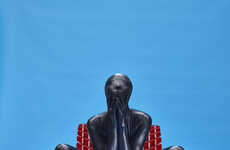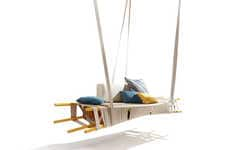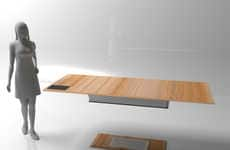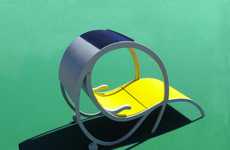
Torn 'Fracture' Chairs by Itay Ohaly Are Made of Broken Benches
Cecilia Biemann — February 25, 2009 — Art & Design
References: dezeen
Israeli designer, Itay Ohaly, created this series of seating called ‘Fracture’ by tearing and smashing benches of various materials into individual chairs.
The materials used by Olay to create the collection include acrylic, beech, plywood, concrete and cardboard.
The project was aimed at exploring how the nature of each material affected the appearance of the fracture in each piece.
The complete object was the starting point for each creation while the fracture is what brought each piece to its final unique form.
The materials used by Olay to create the collection include acrylic, beech, plywood, concrete and cardboard.
The project was aimed at exploring how the nature of each material affected the appearance of the fracture in each piece.
The complete object was the starting point for each creation while the fracture is what brought each piece to its final unique form.
Trend Themes
1. Upcycled Furniture - Creating seating by repurposing broken benches explores the trend of upcycling and sustainable design.
2. Material Experimentation - Using various materials like acrylic, plywood, and concrete in the seating design showcases the trend of exploring new possibilities in materiality.
3. Unique Form Creation - Designing each chair with a fractured appearance highlights the trend of creating one-of-a-kind pieces that stand out from traditional furniture designs.
Industry Implications
1. Furniture Design - The trend of intentionally smashed seating offers opportunities for furniture designers to create innovative and eco-friendly pieces.
2. Sustainable Design - The upcycled nature of the Fracture chairs aligns with the trend of sustainable design, presenting opportunities for companies focused on eco-friendly products.
3. Art and Sculpture - The unique form and artistic value of the Fracture chairs make them suitable for art galleries and sculptors seeking disruptive innovations in functional art.
3.1
Score
Popularity
Activity
Freshness





